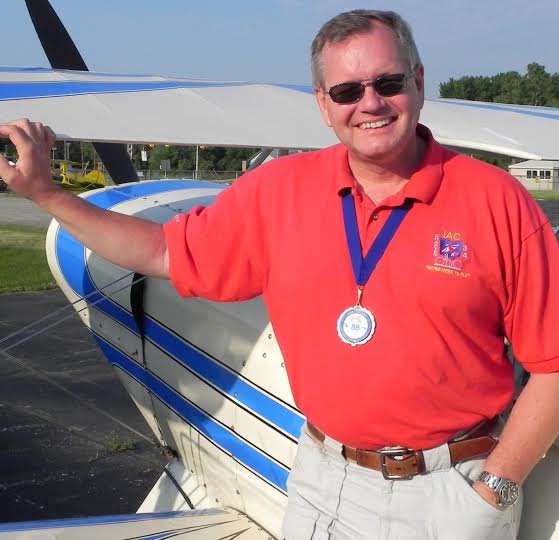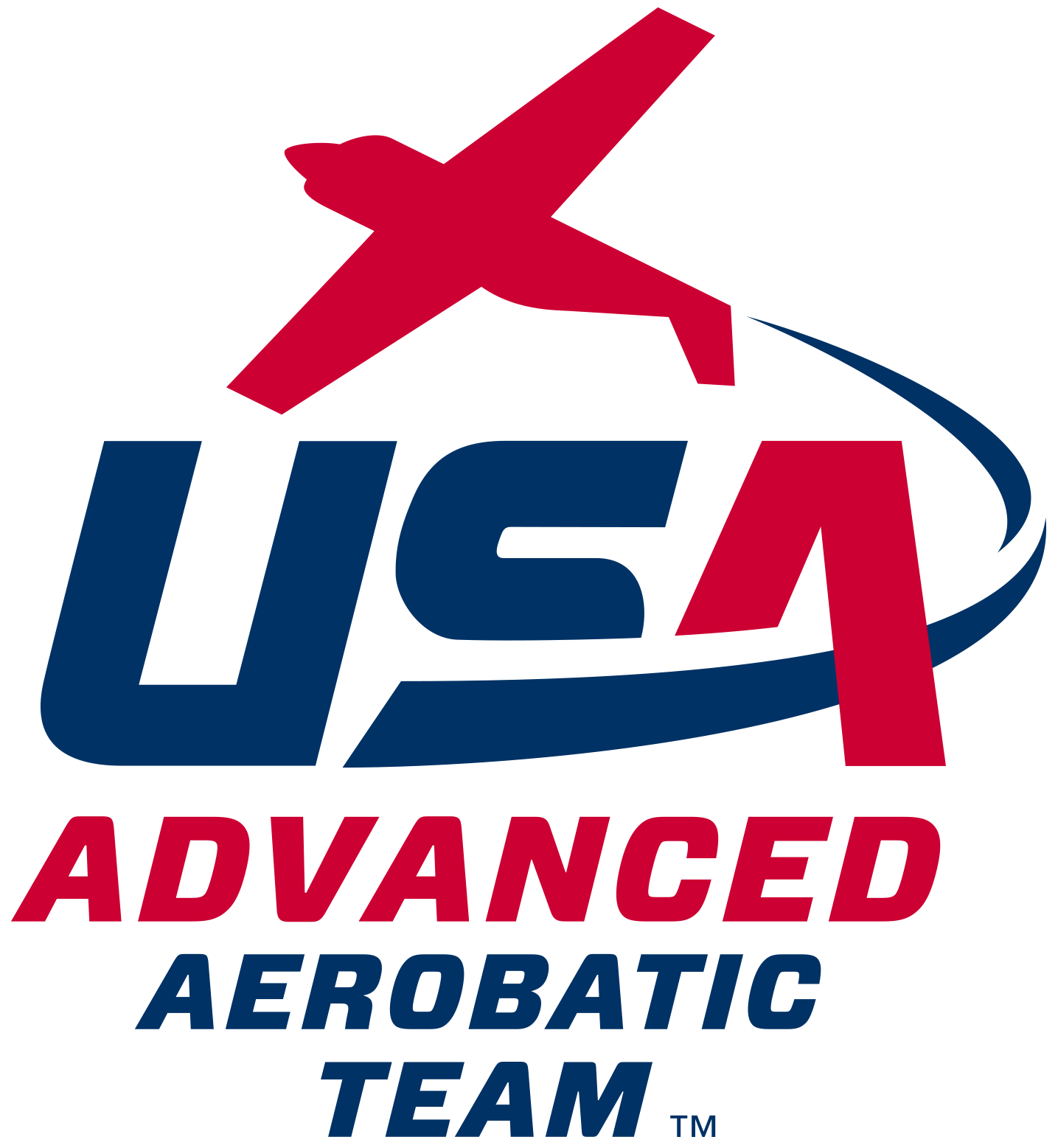Flying the 2023 Sportsman Sequence - Part 6 - Flying the Humpty Bump

Newer people tend to incorrectly think of the humpty bump as a maneuver that is too advanced for them — I disagree. It is, however, the first time that a new aerobatic pilot has to deal with propeller gyroscopics in a big way. In the end, it is well within the capability of the new Sportsman pilot. It is also well within the capability of a Citabria, a 150-hp Decathlon, or a similar-performing aircraft. Most especially, it is a great maneuver for a freestyle sequence.
I strongly encourage all Sportsman pilots, even new ones, to create a freestyle sequence. See “Free Program Design” by Doug Jenkins in the February 2018 issue of Sport Aerobatics about this. Designing a freestyle sequence allows a pilot to get rid of having to do a full loop, which always suffers heavily under the judges’ pens, (see section 23 of the IAC Official Contest Rules). I always have a humpty in my freestyle. I am only going to cover humptys that go up. Down humptys require different techniques.

British champion Alan Cassidy, in his landmark book Better Aerobatics (2003) said the humpty “is the ideal platform for learning more about ultra-low-speed handling, balance, and elevator management.”
First, we have to get past the slang terms. These terms for the different kinds of humpty bumps (which in itself is a slang term!) just describe what the pilot is doing with the pitch control for each of the three looping segments, or partial-loops. A pull is a positive g maneuver (blood going to the pilot’s feet), and the push is a negative g maneuver (blood going to the pilot’s head).
The pull-pull-pull humpty means starting in upright level flight, followed by a pull to an uphill vertical or 45-degree line, a pull to an inside half-loop, a vertical or 45-degree downline, then a pull to level. A pull-push-pull humpty means a pull to go uphill, a push over to a half outside-loop, a downline, and then a pull to level. A push-push-push humpty starts inverted, then has a push to uphill, a push for the half outside-loop, and then a push back to level inverted.
For those of you who are new, don’t be distracted by the arc symbols on the up- and downlines. Those arcs are where optional rolls can be placed, as indicated by the vertical equal signs next to the arcs. The rolls can be any multiple of 90 degrees. If you decide to place a roll on a line it must be centered on the line.

In the Aresti catalog, humptys are actually called combinations of lines, angles, and loops, and are Family 8 figures. Chapter 28 of the IAC rulebook covers the criteria for humptys.
In paragraph 28.18.2, under the heading of " Family 8.4 and 8.8 – Humpty Bumps and Double Humpty Bumps", the rulebook says that the length of the up- and downlines in a humpty bump do not need to be equal. Figure 8.4.3 (right) shows this. 


Now we will illuminate the main problem of flying the humpty bump. The half-loop in the middle of the maneuver must be a perfect half-circle, and looping segments are judged by the trajectory of the CG “dot” of the aircraft. That means the half-loop must be completed directly across from the point where it began. If the half-loop segment finishes after, or lower, than that beginning point, it is called “finishing late,” which is a downgrade (illustration right).
Since the speed of the aircraft is changing quite a bit throughout the half-loop on top (quite slow at first while pointing uphill, then faster and faster on the downhill portion as the nose of the airplane seeks the center of the Earth) the pilot must increase the pitch rate throughout to match those speeds. By pitch rate we mean how fast or how many degrees per second the nose is moving toward the pilot’s head or toward the pilot’s feet. 
That is precisely where the difficulty comes in. Considering just the pitching, the first part of the half-loop is slow, whether you are pushing or pulling. As a result, the pitch rate is low to keep drawing the shape of the half-loop. Make sure that you enter the maneuver with enough speed to perform the upline and the beginning of the half-loop. Round it out. Don’t sag or mush! In the second half of the half-loop, the airspeed is increasing, so the pitch rate must be increased with it to continue to draw a constant radius.
Now comes problem No. 2. As you push or pull faster and faster in latter portion of the half-loop, the gyroscopic forces of the propeller induce a greater and greater yaw force. You are at full power at this point so the gyroscopic forces from the propeller are strong. The yaw then induces a roll due to yaw-roll coupling. A pull gives an uncommanded right yaw. A right yaw will then give an uncommanded right roll. These forces conspire to pull the aircraft off course. The nose of the aircraft must stay on the x- or y-axis “in plane” throughout the half-loop, and it must not have a low wing.
As for the yawing, there won’t be much initially when the pitch rate is low. The required rudder will not be much different than needed to prevent a low wingtip when on the uphill line. However, when on the downside of the half-loop with an American engine, as more and more speed is gained more and more left rudder will be required on an inside half-loop.
According to IAC president emeritus Rob Dorsey you can push an outside half-loop at a slower speed than you can pull an inside half-loop. That makes sense because the airplane’s apparent weight is lower with a push and higher with a pull. Lower apparent weight requires less speed to fly and maneuver.
I tried it, and it is true.
I like the humpty with the push on top, especially with a low-powered aircraft. In this case, more and more right rudder is required as the rate of pushing is increased in the second half of the outside half-loop. At slow speed after the top of the pull-push-pull humpty, I had to have almost full right rudder to cancel the propeller’s gyroscopics in my old 150-hp Decathlon. Ground coaching will help you find when to begin the half-loop. No sagging or mushing, please.
I placed a pull-push-pull humpty in all my freestyles and put a quarter-roll or half-roll on the downline. A 2-point of an 8-point roll (2x8) or a 2-point of a 4-point roll (2x4) can also be used. I use this as a high-energy way to go from one axis back to the other axis with a lot of smash (energy) being fed into the next maneuver. Since I can push slower than I can pull, I can get just a few more vertical feet before the half-loop in the push humpty. A quarter-roll or half-roll on the downline also makes a nice heading reversal, but watch your airspeed redlines!
Remember, do not begin the half-loop at too slow a speed, especially on an inside half-loop for the pull-pull-pull humpty. You simply must have enough energy to not only draw the half-loop; you must also have enough energy to control the aircraft attitude while doing it.
The humpty is a fun maneuver that doesn’t take a lot of practice to do well.
Fly safe!
Articles in the "2023 Sportsman Sequence" Series
Flying the 2023 Sportsman Sequence by Gordon Penner, In the Loop January 2023
Flying the Wedge by Gordon Penner, In the Loop February 2023
Flying the Immelman, by Gordon Penner, In the Loop March 2023
Flying the Loop, by Gordon Penner, Sport Aerobatics December 2019
Flying the Half Cuban, by Gordon Penner, In the Loop May 2023
Flying the Humpty Bump, by Gordon Penner, In the Loop June 2023
Flying the Competition Roll, by Gordon Penner, In the Loop July 2023
Flying the Hammerhead, by Gordon Penner, In the Loop August 2023
Flying the Spin, by Gordon Penner, In the Loop September 2023
Flying the Aerobatic Turn, by Gordon Penner, In the Loop October 2023
Online Resources:
Introduction to Aresti, by Brian Howard, www.iac.org/aerobatic-figures
More articles on typical Sportsman category figures
Half Cubans, Accurate 45-degree downlines, by Giles Henderson, Sport Aerobatics June 2011, pg. 28
Aerobatic Trim Part 1, by Gordon Penner, Sport Aerobatics September 2020
Aerobatic Trim Part 2, by Gordon Penner, In the Loop October 2020

